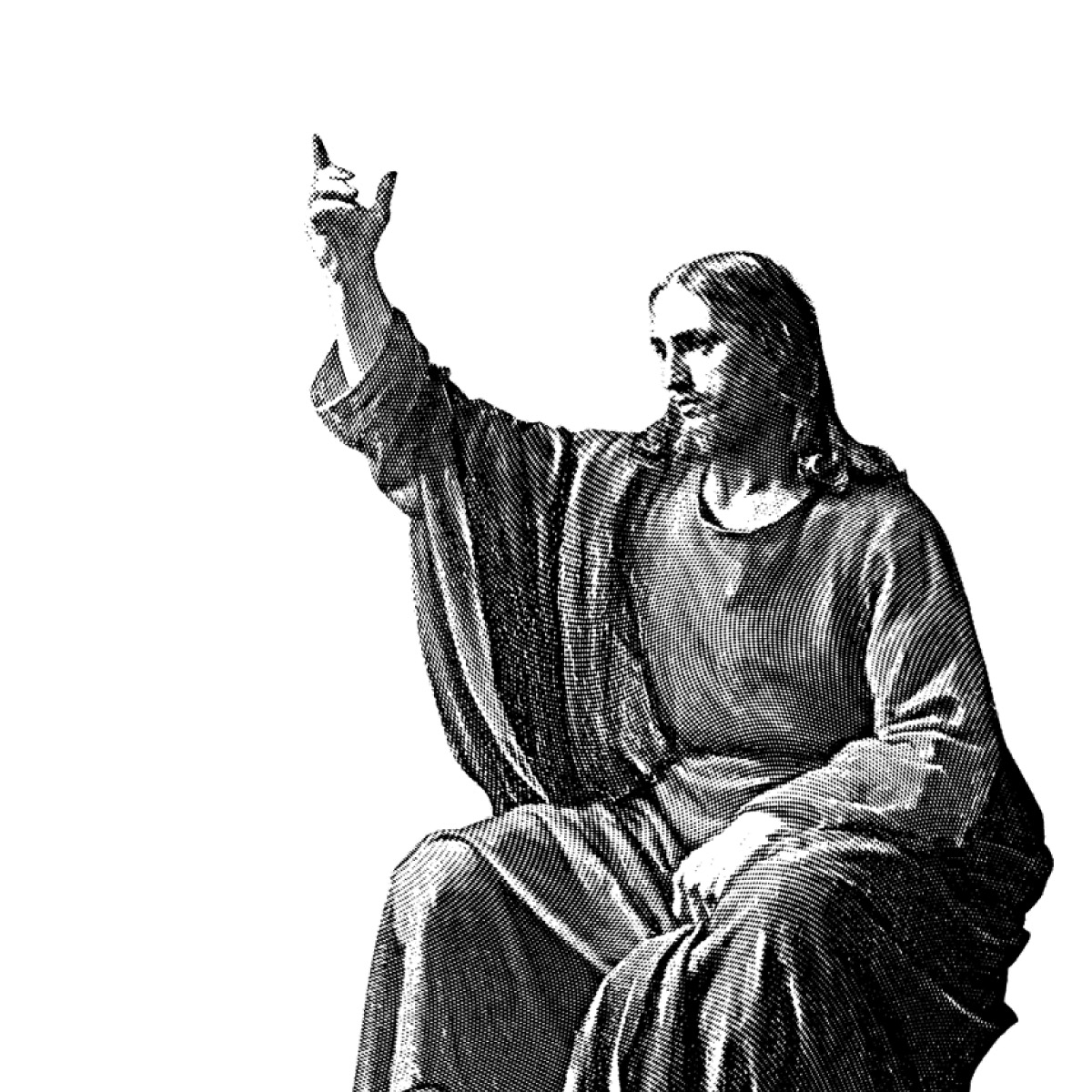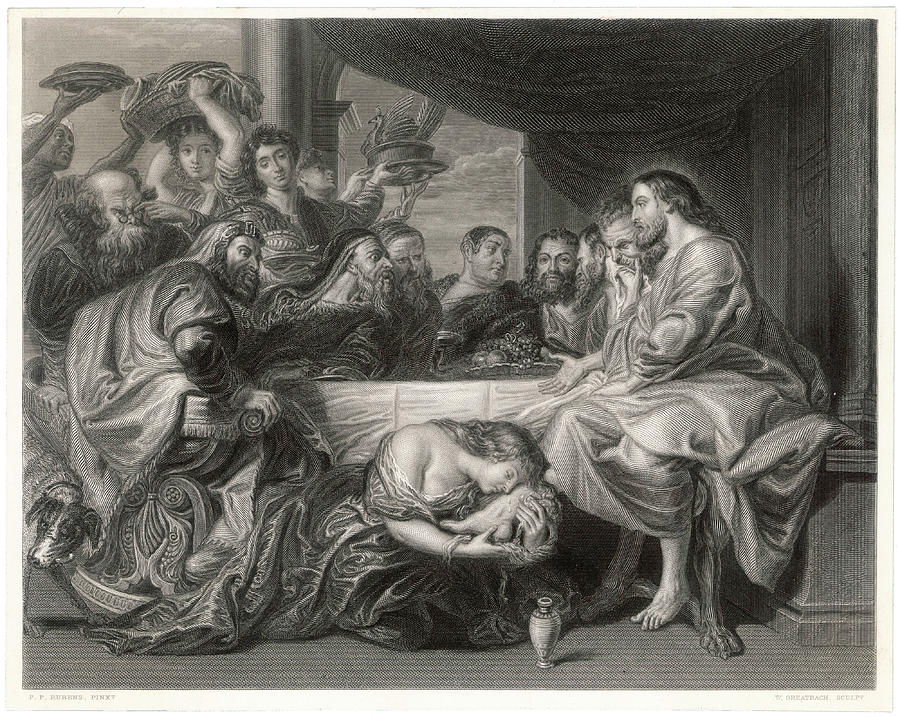Second Anointing

What is the second anointing?
The second anointing is a temple ordinance.[1] The ordinance is typically[2] given only to couples who have been sealed in marriage.[3]
Why haven't I heard about this before?
The ordinance is administered by invitation only[4] and isn't generally taught in Church meetings or in Church publications.[5]
Why doesn't the Church openly teach about the second anointing today?
It's unclear why it is no longer mentioned in modern times. It might be because the ordinance is seen as sacred.[6] In the past, second anointings came up more often in Church literature[7] and Church leaders mentioned it occasionally in public sermons.[8]
Is it okay to talk about it?
Yes and no. The Church officially tells members not to discuss the second anointing in classrooms or other Church settings.[9] However, in other contexts, the Church has published descriptions and early accounts of second anointings.[10]
Latter-day Saint historians have also written about the second anointing.[11] Some have cataloged and published records from the Nauvoo period onward on the ordinance.[12]
Are there descriptions of how the ordinance was or is given?
Yes. Temple records from Nauvoo give early descriptions of the ordinance.[13] Written remembrances from those who received the ordinance also summarize what was said and done and why they thought it was significant.[14]

What does the ordinance involve?
First, in the temple, the husband is anointed with oil[15] as a king and priest to God, and the wife is anointed as a queen and priestess.[16] Second, in a private setting,[17] the couple gives each other a blessing and performs the washing of feet[18] as a symbolic gesture similar to how Mary[BIO] washed Jesus's[BIO] feet soon before his death.[19]
So then what's the first anointing?
The first anointing is given as part of the temple initiatory ordinance.[20] In that ordinance, a man or a woman is washed and anointed to later become a king and a priest or a queen and a priestess.[21] Although in the second anointing people are ordained as priests and priestesses and kings and queens, they do not yet receive a "kingdom."[22]
What other names are used to refer to the second anointing?
Other names include "second endowment(s),"[23] "second ordinances,"[24] the "fullness of the priesthood,"[25] and "second blessings."[26]
Are "sealed up unto eternal life" or "having one's calling and election made sure" or "receiving the Second Comforter" names for the second anointing?
No. Those terms are sometimes affiliated with the second anointing,[27] but they aren't typically used as names for the ordinance. However, being "sealed up unto eternal life" is reportedly a part of the ordinance.[28]
Okay, so if they aren't the second anointing, what are they?
"Being sealed up unto eternal life,"[29] "having your calling and election made sure,"[30] and "receiving the more sure word of prophecy"[31] refer to different kinds of conditional assurances that one will have eternal life.
Receiving the second comforter is when Jesus Christ visits you and "seals you up unto eternal life" which is also an assurance of exaltation.[32]
Does the second anointing or these assurances guarantee exaltation?
No, probably not. Joseph Smith and other Church leaders[33] taught that these blessings are conditional upon faithfulness.[34] However, Orson Pratt taught that being "sealed unto eternal life" would guarantee exaltation.[35]
I've heard that the children of parents who have received their second anointing are guaranteed exaltation. Is that true?
No, probably not. This misunderstanding likely comes from a poor transcription of a sermon from Joseph Smith given on August 13, 1843.[36] This transcription error was repeated in a 1929 General Conference talk by Orson F. Whitney[BIO][37] as well as in the Teachings of the Prophet Joseph Smith which was published in 1938.[38]
Do women get the priesthood when they receive the second anointing?
Sort of. It depends on how you define "priesthood." Women who receive their second anointing are ordained as queens and priestesses.[39] But receiving the second anointing does not in itself authorize women to administer additional priesthood ordinances in this life.[40]
Were anointings performed in the Bible?
Yes. Israelite priests performed washing, anointing, and clothing anciently in the tabernacle.[41]
Related Question
Where did the design for temple garments come from?
Read more in Temple Garments
Do people receive the second anointing today?
Yes, probably. A few Church leaders have written about receiving their second anointing ordinance in the second half of the twentieth century.[42]
When was the second anointing first given in modern times?
Joseph Smith gave the second anointing to a select group on September 28, 1843.[43]
How are people invited to receive the second anointing?
As of 1926, the President of the Church invites potential recipients directly, based on the recommendation of a member of the Quorum of the Twelve.[44]
In Joseph Smith's time, second anointings were typically given to Church leaders and their close family.[45] Under Brigham Young, it was expanded to include several hundred people.[46] Later in the nineteenth and early twentieth century (before 1926), stake presidents would recommend candidates to the President of the Church, who would either approve or reject the recommendation.[47]
Is the second anointing an ordinance that is done by proxy for the dead?
Yes, the ordinance has sometimes been performed for the dead.[48] It's unknown if the Church still practices second anointings by proxy today.
Is the second anointing something that someone should expect to receive?
No, probably not in mortality. Historically, it was rarely performed, and today it is probably even rarer.[49]
Is the second anointing required for exaltation?
It's unclear. Harold B. Lee reportedly said that it is not necessary for exaltation[50] but Joseph Fielding Smith seems to have believed that it was,[51] as did his father, Joseph F. Smith.[52]
However, these two views are not necessarily inconsistent if Harold B. Lee's statement is interpreted as meaning that it is not necessary to receive the second anointing in this lifetime. Heber C. Kimball[BIO] taught that there will be additional ordinances required after the resurrection, and perhaps, for most people, this may be one of them.[53]
- Vincent
“Seeing that mortal man is not likely able to see into the heart of another, it makes sense that those who may be worthy to receive such now, will not be left out, knowing that this ordinance can be performed sometime in the next life.” - Luke
“I heard about it somewhere. It actually seems cool. I know that my goal is eternal life. And I know some are sealed earlier than others. Just as some are called as prophets in the preexistence. The Lord will give us what we need individually.” - Ronald A.
“My testimony of the Gospel of Jesus Christ does not hang on such secrets. God reveals all things in His own time and to people who are prepared to receive them. I find this presentation interesting and an attempt to be fair.” - Kenneth D.
“The 2nd anointing does feel elitist to me. We should stick to the plan of salvation and keep things simple. We have eternities for progressing, here on earth let us live the gospel, love God, and love our neighbor.” - Allie
“I find the imagery of washing each other’s feet beautiful. Not having heard about this before doesn’t bother me. There are some people who truly do devote their entire lives to service, and pardon me but Lord knows they’d need that extra blessing to carry on.”



 about this topic
about this topic